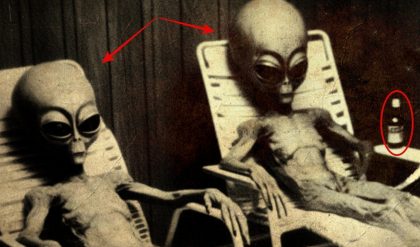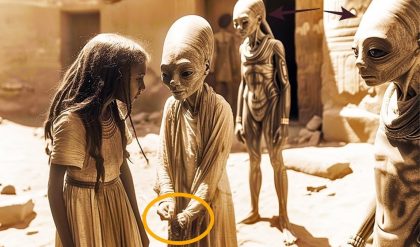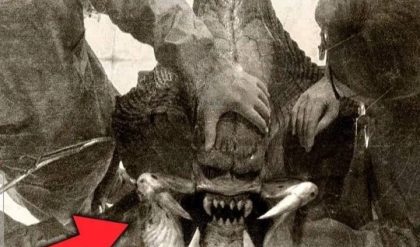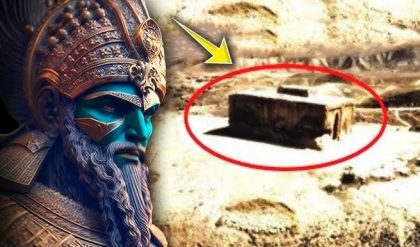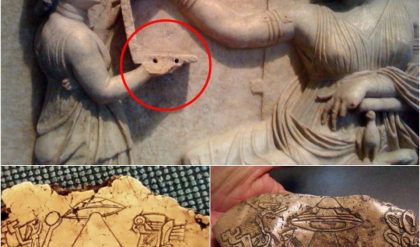In a remarkable archaeological breakthrough, a recent excavation at Peru’s Huaca Pucllana has revealed an ancient Wari tomb, shedding light on the enigmatic pre-Inca civilization. The discovery, which includes a female mummy and several other significant artifacts, offers a fascinating glimpse into the lives and practices of the Wari people.

The Discovery
The Huaca Pucllana archaeological site, located in Lima, Peru, is known for its extensive pre-Inca ruins. Recent excavations at the site have uncovered a well-preserved tomb belonging to the Wari civilization, which thrived from approximately 600 to 1100 CE. This tomb, hidden beneath layers of sediment, has provided an extraordinary snapshot of Wari burial practices and material culture.
Key Findings
1. Female Mummy
Among the most significant discoveries is a female mummy, found in a seated position within the tomb. The mummy’s elaborate burial attire and accompanying artifacts suggest she held a prominent social or ceremonial role within the Wari society. The preservation of the mummy offers invaluable insights into Wari embalming techniques and funerary customs.

2. Ceremonial Artifacts
The tomb also contained a range of ceremonial artifacts, including finely crafted pottery, textiles, and metal objects. These items reflect the artistic and technological achievements of the Wari civilization, highlighting their advanced skills in metalworking and textile production. The artifacts provide clues about the social and religious practices of the Wari people.
3. Burial Practices
The arrangement of the burial and the accompanying artifacts suggest complex and hierarchical burial practices. The presence of high-quality goods and the careful positioning of the mummy indicate that the deceased was likely a person of high status, perhaps a priestess or a leader within the Wari community.
Significance of the Discovery
1. Understanding the Wari Civilization
The Wari civilization was a precursor to the Inca Empire and played a crucial role in the cultural and political development of the Andes region. This discovery helps to fill gaps in the historical record of the Wari, providing new information about their social structure, religious practices, and daily life.
2. Cultural Insights
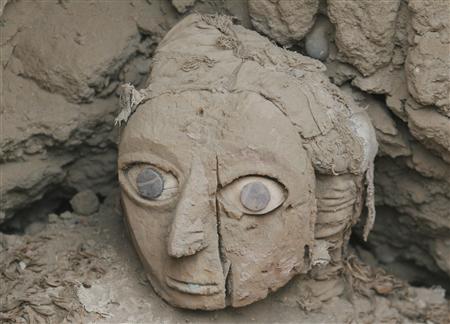

The findings offer valuable insights into the cultural and ceremonial practices of the Wari people. The artifacts and burial practices reveal the sophistication of Wari society and its influence on later Andean cultures, including the Inca Empire.
3. Preservation and Study
The discovery at Huaca Pucllana underscores the importance of preserving and studying ancient sites. The findings will contribute to ongoing research on pre-Inca civilizations and enhance our understanding of the rich and diverse cultural heritage of ancient Peru.
Conclusion
The unearthing of the ancient Wari tomb at Huaca Pucllana is a significant archaeological achievement, providing a rare and detailed glimpse into the lives of a remarkable pre-Inca civilization. The discovery of the female mummy and associated artifacts enriches our understanding of the Wari people and their contributions to Andean history. As researchers continue to study the site, new revelations about the Wari civilization are likely to emerge, deepening our appreciation of Peru’s ancient past.
